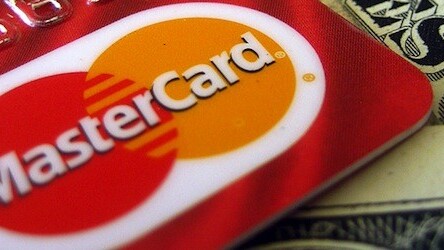
OneCard.net, one of the few online payment platforms available to online shoppers in the Middle East, released an infographic with some pretty interesting statistics on what is motivating Internet users to go online and do a bit of spending.
Based on a survey conducted in November 2011, with responses from 1,000 consumers from all over the MENA (Middle East and North Africa) region, it’s interesting to get an inside glimpse into an industry that is finally beginning to gain steam in the Arab world.
The study revealed that 61% of Internet users are going online to find out more about their products, while only 43% have made an online purchase. The gender breakdown is weighted slightly in favour of men, with almost half (46%) of men having made an online purchase, compared to just under a third (32%) of women. It’s no surprise to find that the prosperous Gulf region is ahead of North African and Levant countries in the Middle East when it comes to their online spending power.
The most surprising statistic, and one which hints at the optimistic outlook for e-commerce in the region, is that one in three Internet users in the Middle East purchase goods online.
In comparison to the rest of the world, however, the number is still pretty low. According to a Nielsen survey over 85% of the world’s Internet users have made online purchases.
So what is stopping more people in the Middle East from taking the plunge and making an online purchase? The main concern is credit card fraud, cited by 56% of the respondents. Other reasons include not being able to return the product if they don’t like it and not being able to really tell what the product is like.
With popular online payment platforms such as PayPal almost completely unavailable in the Middle East, online buyers are often forced to enter their credit card information directly into the site, which is still a source of worry for many buyers in the region. For this reason, you will find that most, if not all, Middle East based e-commerce sites offer a cash-on-delivery option to its users.
The main motivator that is getting users to buy online is better deals – and with all the daily deals and flash sales sites available to Middle Eastern users that certainly doesn’t come as a surprise either.
It’s interesting to find that the main products being purchased are online games and computer software, accounting for 41% and 31% of online purchases respectively. This also puts the majority of the online spending power of Middle Eastern Internet users in the hands of the under 25 age group.
In fact, while 58% of Internet users surveyed would be willing to spend up to $100 online, the majority of them were between the ages of 16 and 25, while also dominating users who would be willing to spend up to $1,000 online.
As smartphones and tablets account for more Internet traffic in the Middle East, no doubt more users will be going into their mobile app stores to buy paid applications. The next most popular category Internet users go online to buy is electronics, but the majority of them are between the age of 25 and 35.
Payment methods are dominated by pre-paid cards in both Saudi Arabia and Egypt, followed by credit cards, cash-on-delivery and bank transfer. It’s interesting to note that despite the fact that PayPal is still unavailable in Egypt, approximately 15% of buyers use the online payment method to make their purchases.
To see all of the statistics, check out the infographic here.
Get the TNW newsletter
Get the most important tech news in your inbox each week.




